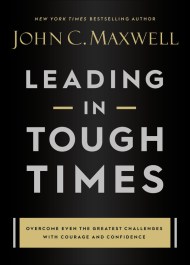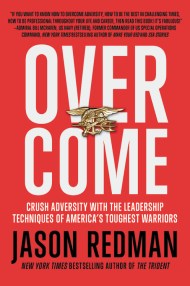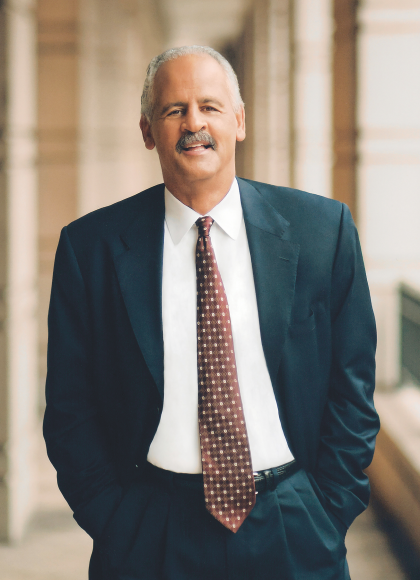Promotion
Use code MOM24 for 20% off site wide + free shipping over $45
Identity Leadership
To Lead Others You Must First Lead Yourself
Contributors
Read by Stedman Graham
Formats and Prices
Format
Format:
- Audiobook Download (Unabridged)
- ebook $13.99 $16.99 CAD
- Hardcover $29.00 $37.00 CAD
This item is a preorder. Your payment method will be charged immediately, and the product is expected to ship on or around May 7, 2019. This date is subject to change due to shipping delays beyond our control.
Also available from:
New York Times bestselling author Stedman Graham’s Identity Leadership is a very personal and prescriptive guide that is based on his philosophy that a leader can’t lead others until he can first lead himself-the more he works on himself — the more he can give to those around him. To know our purpose in life, we begin with our passions, skills, and talents, and with this book we learn how to channel the best of who we are to achieve success for ourselves and those we lead.
In Identity Leadership, Graham examines why self-awareness matters, how leaders lead, the importance of communication, and much more. He then shows the reader how to step into their role as a leader and create their identity leadership plan. Key to the journey is believing in yourself, knowing your competence, continually challenging yourself, and being patient with yourself. Graham uses anecdotes from his own life, as well as discussing successful leaders, to illustrate the importance of identity leadership in each of our lives.
Self-leaders can create a roadmap that leads to personal growth, development, and improvement of performance in every area of life. Identity Leadership provides the tools-self-awareness, emotional intelligence, discipline, and more-needed to continually plan and execute learning and development of our talents and skills. These tools enable readers to commit to a personal vision and lead with purpose.
Genre:
-
"Stedman Graham teaches the essence of leadership in his workshops. Leadership is not about product, but people and relationships. Stedman takes [people] to the next level in their careers by helping them to understand what is truly important to them. So many people operate without an idea as to where they are going. His programs put the individual in control of his or her career and life."Jim Cimino, Executive Vice President, Regional Managing Director, Southwest Region - Wells Fargo
-
"Stedman is an artist with unique communication skills that so effectively helped reach these individuals on levels that possibly they have never previously experienced, and I believe that the candor, openness of communication, "tough talk," and practical discussion on their skill development will lead to remarkable maturation and an appreciation of greater personal accountability and for their personal development."Mike Fox, CEO of the Muhammad Ali Center
-
"Skillfully challenged a very accomplished gathering to deal with their history and habits. A cathartic experience that suggested a deeper understanding of who you are provides a roadmap for the next steps in your journey. Deduced from the definition of leadership: Leaders with a servant's heart, that do not manage from above (who manage from their identity) will provide the most effective leadership in the 21st century."Mark D. Settles, Managing Director, Fixed Income, JP Morgan Asset Management
-
"SG is one of today's leading authorities on emotional intelligence (Identity Intelligence). Seminars are highly effective because they make you focus on the true leader within yourself."David M. Reynolds, CMF, VP, Associate Director, Merrill Lynch
- On Sale
- May 7, 2019
- Publisher
- Hachette Audio
- ISBN-13
- 9781549112720
Newsletter Signup
By clicking ‘Sign Up,’ I acknowledge that I have read and agree to Hachette Book Group’s Privacy Policy and Terms of Use







